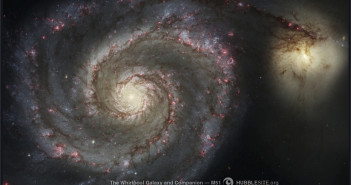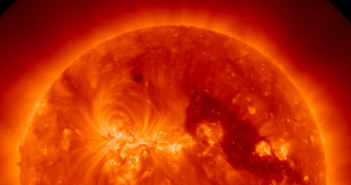
Featured Image: X-Rays from the Dark Side of Venus
This stunning image was captured by the Solar Dynamics Observatory’s Atmospheric Imaging Assembly in June 2012 during the transit of Venus across the face of the Sun. A recent study led by Masoud Afshari (University of Palermo, Italy and INAF-OAPA) presents an analysis of high-energy imaging of Venus’s silhouette as it crossed the Sun. This imaging reveals X-ray and ultraviolet emission coming from the dark side of Venus during the transit — which Afshari and collaborators conclude is not due to instrumental scattering, but instead has an origin directly related to the planet. The authors suggest that this light could be emitted from the Sun and then scattered by Venus’s very long magnetotail, and they wonder if such an effect might be important for exoplanets as well! For more information, check out the paper below.
Citation
M. Afshari et al 2016 AJ 152 107. doi:10.3847/0004-6256/152/4/107
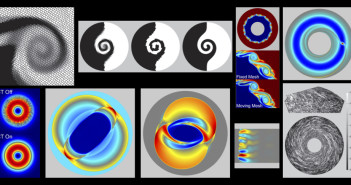

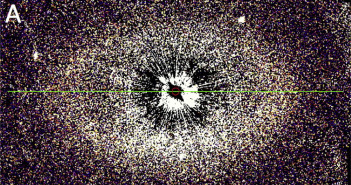
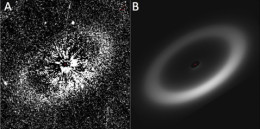

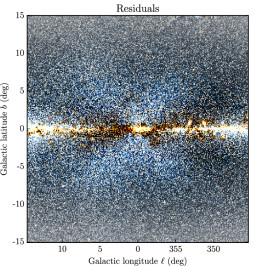

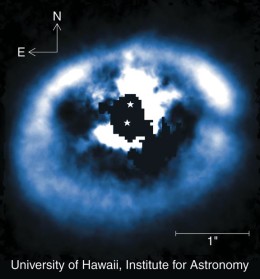

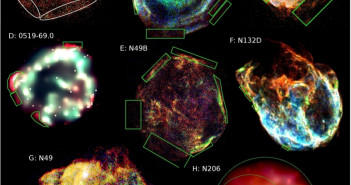

![Zonal wind profile for Jupiter, describing the speed and direction of its winds at each latitude. [Simon et al. 2015]](https://aasnova.org/wp-content/uploads/2016/07/fig2-260x199.jpg)
